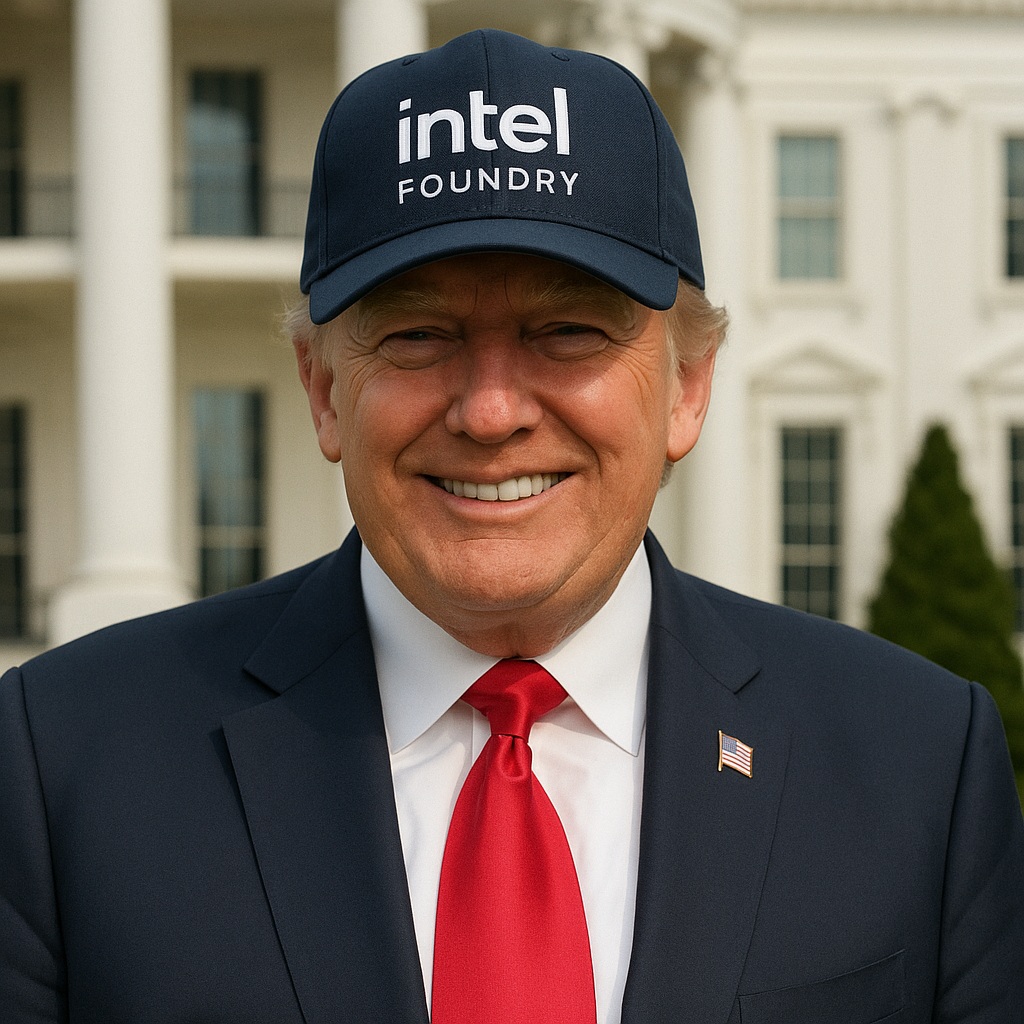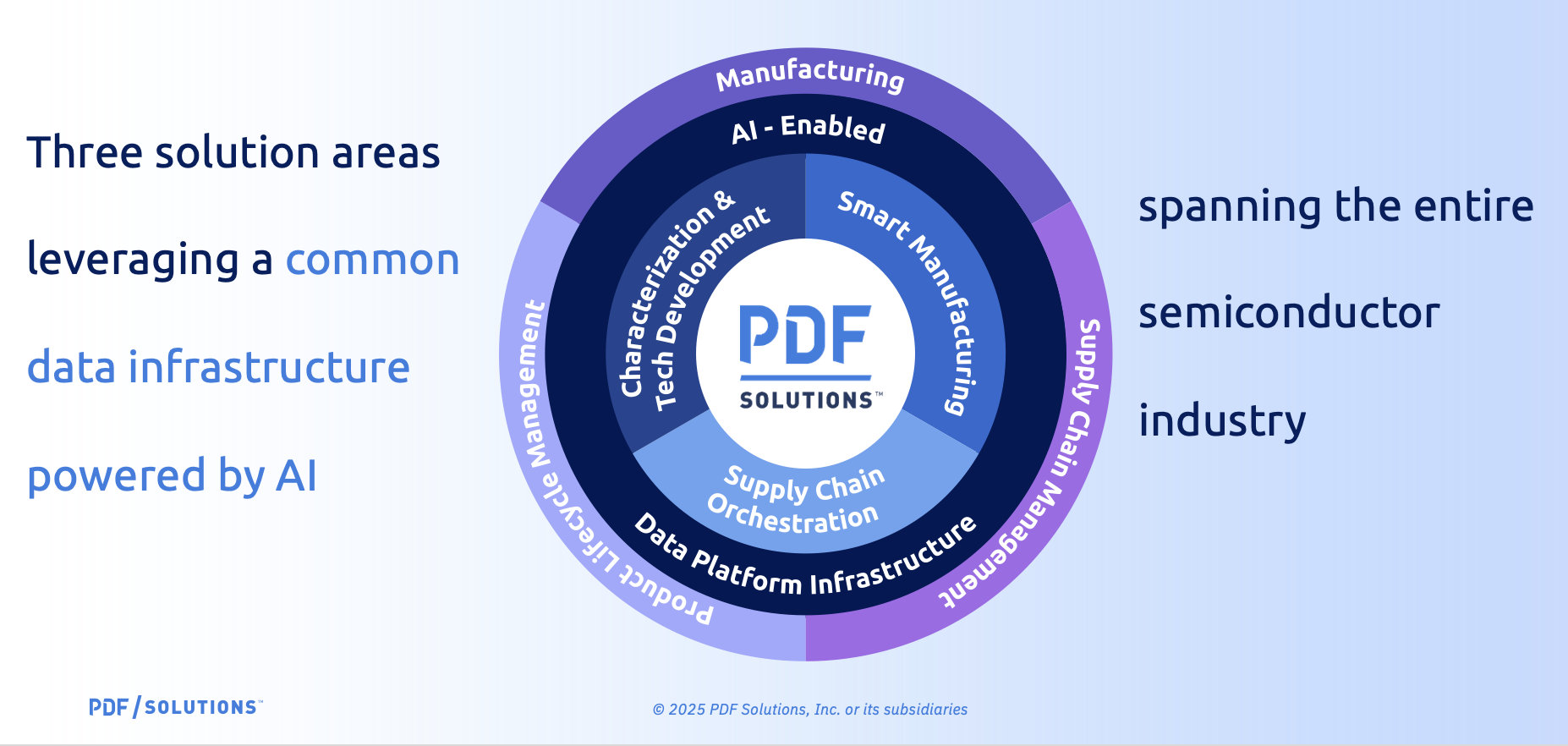Analog IC designers can spend way too much time and effort re-using old, familiar, manual iteration methods for circuit design, just because that’s the way it’s always been done. Circuit optimization is an EDA approach that can automatically size all the transistors in a cell, by running SPICE simulations across… Read More
 Should the US Government Invest in Intel?“Most companies don’t die because they are wrong;…Read More
Should the US Government Invest in Intel?“Most companies don’t die because they are wrong;…Read More PDF Solutions and the Value of Fearless CreativityPDF Solutions has been around for over 30…Read More
PDF Solutions and the Value of Fearless CreativityPDF Solutions has been around for over 30…Read MoreNarrow AI vs. General AI vs. Super AI
Artificial intelligence (AI) is a term used to describe machines that can perform tasks that normally require human intelligence, such as visual perception, speech recognition, decision-making, and language translation. AI is classified into three main types: Narrow AI, General AI, and Super AI. Each type of AI has its unique… Read More
Intel Keynote on Formal a Mind-Stretcher
Synopsys has posted on the SolvNet site a fascinating talk given by Dr. Theo Drane of Intel Graphics. The topic is datapath equivalency checking. Might sound like just another Synopsys VC Formal DPV endorsement but you should watch it anyway. This is a mind-expanding discussion on the uses of and considerations in formal which … Read More
eFPGA goes back to basics for low-power programmable logic
When you think “FPGA,” what comes to mind? Massive, expensive parts capable of holding a lot of logic but also consuming a lot of power. Reconfigurable platforms that can swallow RTL for an SoC design in pre-silicon testing. Big splashy corporate acquisitions where investors made tons of money. Exotic 3D packaging and advanced… Read More
Lithography Resolution Limits: The Point Spread Function
The point spread function is the basic metric defining the resolution of an optical system [1]. A focused spot will have a diameter defined by the Airy disk [2], which is itself a part of the diffraction pattern, based on a Bessel function of the 1st kind and 1st order J1(x), with x being a normalized coordinate defined by pi*radius/(0.5… Read More
Checklist to Ensure Silicon Interposers Don’t Kill Your Design
Traditional methods of chip design and packaging are running out of steam to fulfill growing demands for lower power, faster data rates, and higher integration density. Designers across many industries – like 5G, AI/ML, autonomous vehicles, and high-performance computing – are striving to adopt 3D semiconductor… Read More
Samtec Lights Up MemCon
Every conference and trade show that Samtec attends is better for the experience. Samtec has a way of bringing exciting and innovative demos and technical presentations to any event they attend. I personally have fond memories of exhibiting next to Samtec at an early AI Hardware Summit at the Computer History Museum in Mountain… Read More
Podcast EP148: The Synopsys View of High-Performance Communication and the Role of Chiplets
Dan is joined by John Swanson, who is the HPC Controller & Datapath Product Line Manager in the Synopsys Solutions Group. John has worked in the development and deployment of verification, integration, and implementation tools, IP, standards, and methodologies used in IP-based design for over 25 years at Synopsys.
Dan explores… Read More
CTO Interview: Dr. Zakir Hussain Syed of Infinisim
Zakir Hussain is a co-founder of Infinisim and brings over 25 years of experience in the Electronic Design Automation industry. He was at Simplex Solutions, Inc. (acquired by Cadence) at its inception in 1995 through the end of 2000. He has published numerous papers on verification and simulation and has presented at many industry… Read More
Must-attend webinar event: How better collaboration can improve your yield
In today’s rapidly evolving semiconductor industry, the demand for high-quality and reliable semiconductors at a reasonable cost is increasing. This is why world-class yield management has become more and more important for fabless semiconductor companies and IDMs.












Intel’s Pearl Harbor Moment